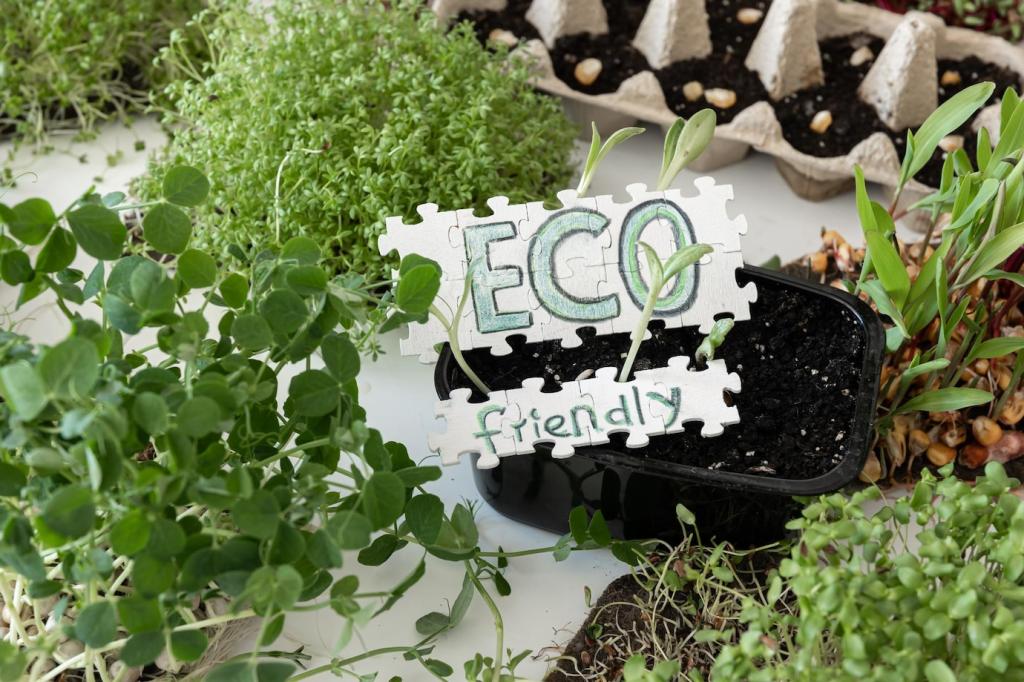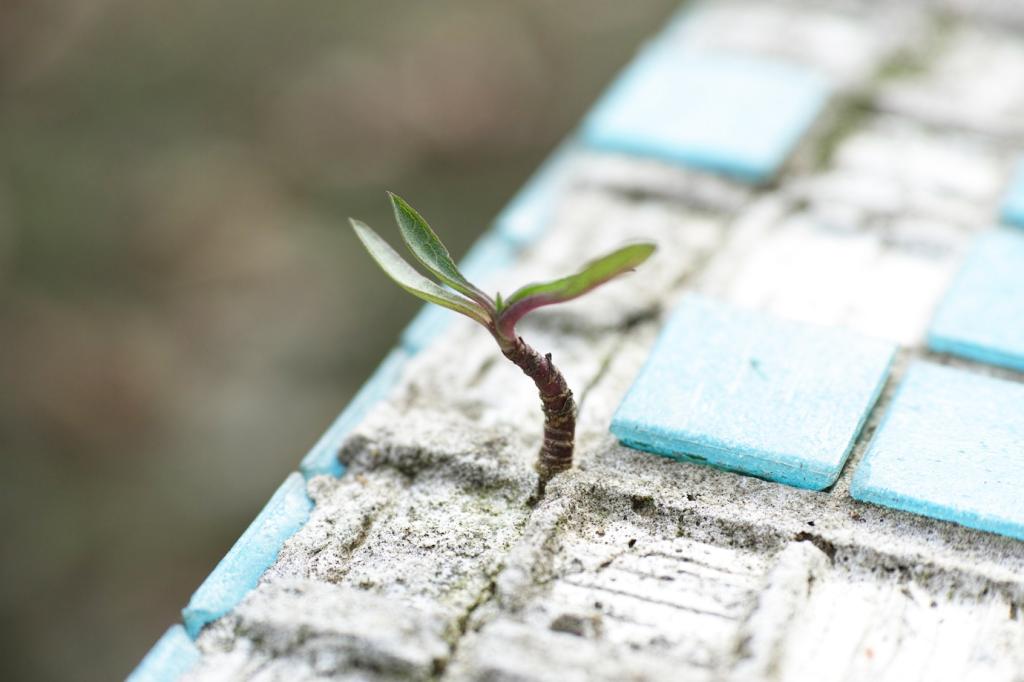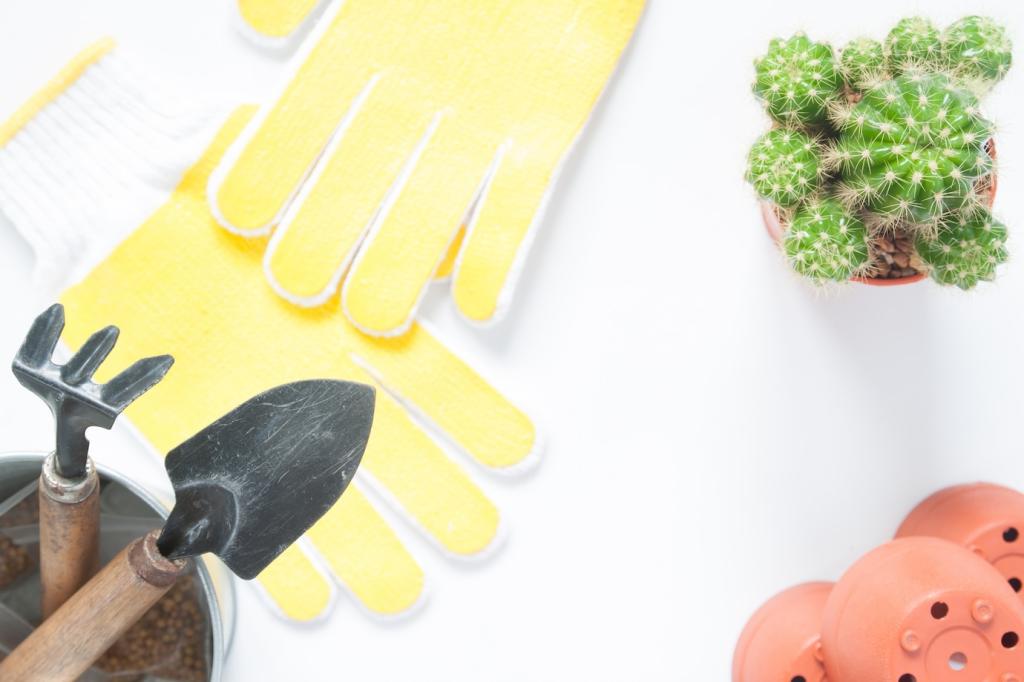Eco-Conscious Furniture Care: A Guide
Chosen theme: Eco-Conscious Furniture Care: A Guide. Welcome to a warm, practical space for nurturing the pieces you live with, while treading lightly on the planet. Expect gentle methods, non-toxic recipes, and real stories that make sustainable care feel joyful, doable, and worth sharing.

Begin With A Sustainable Mindset
Every surface asks for something different. Solid oak loves minimal moisture and a soft cloth, while rattan appreciates a gentle brush and shade. Metal frames prefer pH-neutral cleaners, and natural fabrics benefit from low-water methods. When you know the material, sustainable decisions become effortless and effective.

Non-Toxic Cleaning Recipes That Work
Mix warm water with a few drops of mild castile soap for sealed wood, metal, and laminate. Dampen, don’t drench, and always test in an inconspicuous spot first. Avoid vinegar on stone or delicate finishes. This simple cleaner handles fingerprints and daily dust without compromising your room’s air.


Non-Toxic Cleaning Recipes That Work
Wipe with a barely damp cloth following the grain, then dry immediately. For sheen, melt a beeswax-and-jojoba balm and buff thinly. I revived an inherited maple table this way; the first dinner afterward felt like honoring my grandmother’s patience as much as the wood’s quiet glow.
Caring For Leather And Faux Leather Sustainably
Clean Without Cracking
Use a soft cloth slightly dampened with distilled water and a pH-balanced cleaner formulated for leather. Avoid alcohol wipes and heat vents that pull out moisture. Wipe, then dry gently. If you have a favorite safe cleaner, share it with us; other readers often discover their new go-to here.
Condition With Plant-Based Balms
A little goes far. Apply a thin layer of plant-based conditioner—jojoba blends or candelilla wax balms—testing beneath a cushion first. Buff lightly for a natural luster. Over-conditioning attracts dust, so schedule modest intervals. Readers tell us quarterly care keeps their family sofa supple and beautiful through busy seasons.
Mindful Repairs
Small tears can be mended with color-matched repair kits and patience. Reinforce seams before they widen, and address loose stitching early. Share your before-and-after photos and lessons learned; your repair journey might give someone the confidence to save a cherished chair from an unnecessary replacement.
Protective Habits That Extend Lifespan
Rotate cushions, use UV-filtering curtains, and keep relative humidity steady to prevent warping and fading. Wood expands and contracts with seasonal shifts. A reader wrote us about a walnut dresser bowing near a radiator; a simple move and a dehumidifier brought it back into alignment within weeks.
Sustainable Finishes And Low-VOC Choices
Understanding Labels
Look for low- or zero-VOC claims verified by trusted certifications, such as GREENGUARD Gold or EU Ecolabel, and favor waterborne finishes when appropriate. Good ventilation and thin coats help. Keep rags in a sealed metal container to reduce fire risk and environmental exposure during curing.
DIY Natural Finishes
Tung oil builds a tough, beautiful finish in thin layers, while shellac offers a warm, repairable sheen. Practice on scrap wood first. I once transformed a scuffed elm nightstand with patient, whisper-thin coats; the subtle glow became a nightly reminder to value care over speed.
Refinish Or Replace?
Refinishing demands time and patience, but it preserves embodied energy and history. If structure is sound, repair and refinish before replacing. Ask local refinishers for low-VOC options, or crowdsource recommendations in our comments. Your question might spark a neighborhood directory of sustainable craftspeople.
Secondhand, Upcycling, And Circular Care
Find Pieces With Potential
Check frames for solid joinery, minimal wobble, and clean lines that welcome repair. Surface scratches are fine; structural damage and active pests are not. Estate sales, community forums, and reuse centers hold treasures. Tell us your favorite local spot, so other readers can explore it sustainably.
Creative Upcycling Stories
A reader turned a vintage headboard into a hallway bench using leftover paint and reclaimed slats. The piece now holds scarves and memories near their front door. Share your transformations and the small hacks you learned, so more furniture can skip the landfill and find new purpose.
Responsible Letting Go
When an item no longer fits, donate to a reuse nonprofit, list it with clear photos and dimensions, or coordinate a swap. Avoid curb dumping; check municipal bulky-item recycling and repair cafes. Post your success stories so our community can copy the smoothest, most eco-friendly off-ramp.


The Ten-Minute Care Challenge
Choose one action today—dust wood safely, rotate cushions, or attach felt pads. Share what you did in the comments and tag a friend. Subscribe for weekly prompts that keep momentum gentle, realistic, and aligned with your life, not just your to-do list.

Ask Your Heirloom
Try a short journaling exercise: what has this chair witnessed, and how will I help it see more? Treat scratches as chapters rather than failures. This mindset softens perfectionism and encourages sustainable choices. We would love to read a line from your furniture’s story.

Your Questions Shape This Guide
Tell us where you get stuck—sticky rings, cloudy varnish, mystery fabrics—and vote in our polls on finishes to test next. Your questions guide our experiments and newsletters, helping the entire community care better, with fewer chemicals and more confidence.
Join our mailing list
